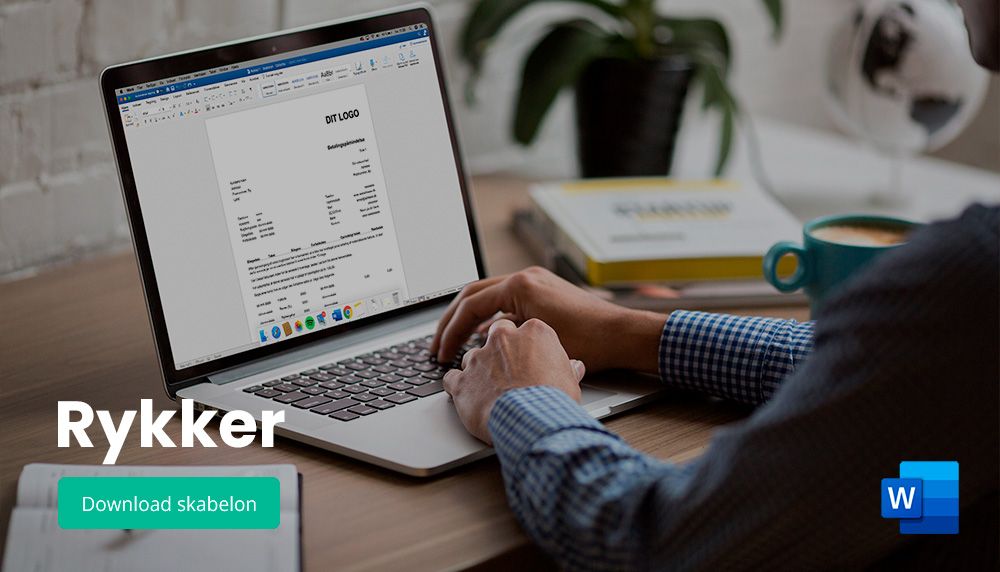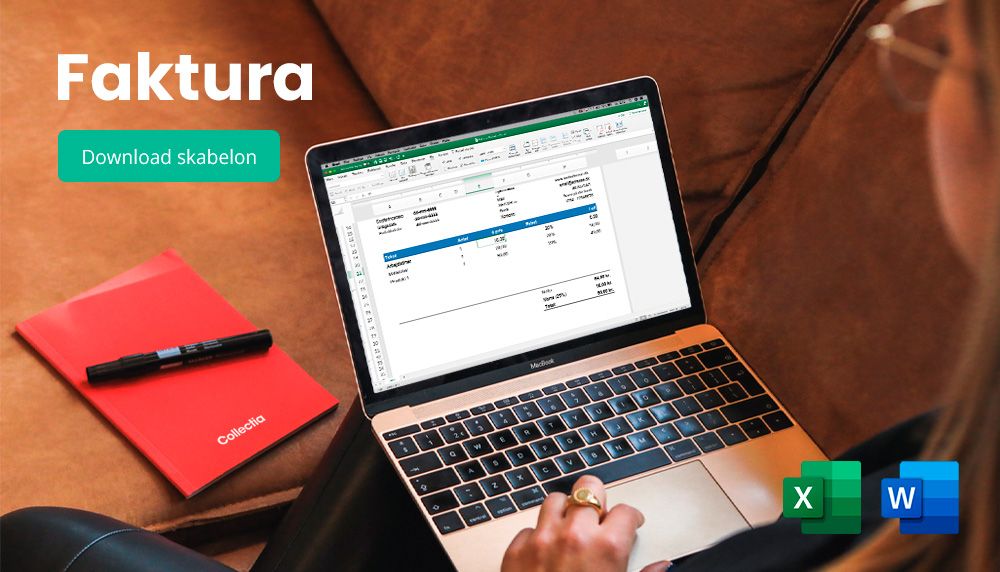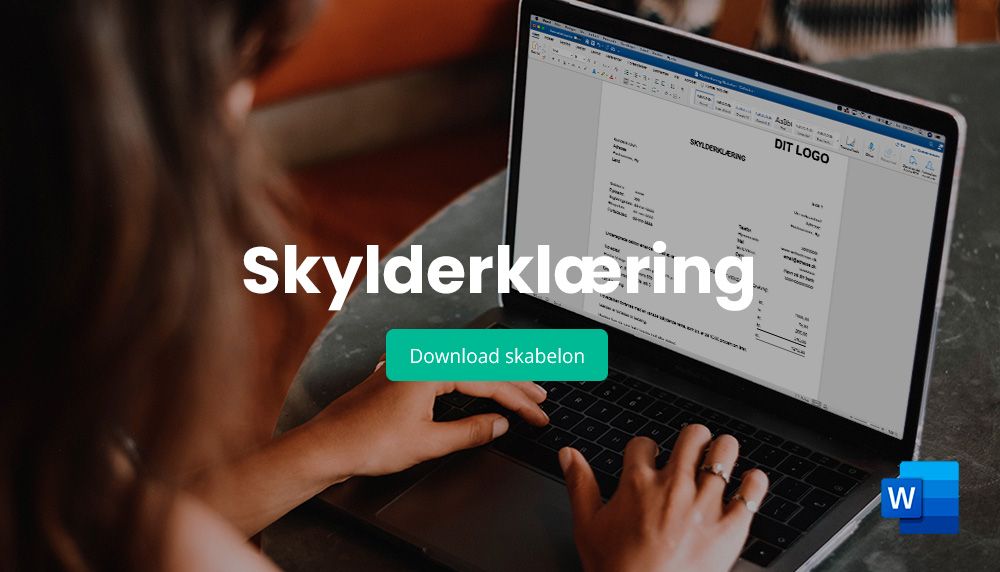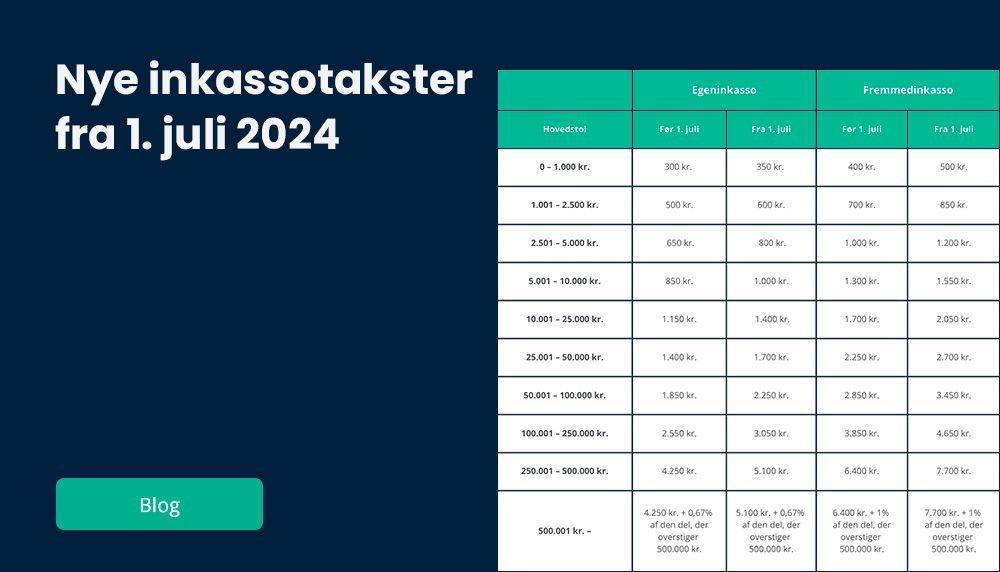
Promissory note
A promissory note is a document between two parties, lender and borrower, that documents a debt - as well as the terms and conditions of the loan.
Here we focus on the concept of a promissory note; what is a promissory note? What are the benefits of a promissory note? And why do you need a promissory note?
Also, remember that at the bottom of this dictionary you can find a template for a promissory note.
What is a promissory note?
A promissory note is a legal document between two parties whose purpose is to document the loan and its terms. The promissory note helps ensure both parties that the agreed terms of the loan are documented.
The promissory note is legally binding for both parties, lender and borrower. Both borrower and lender can document to each other what has been agreed, and the lender can also use the promissory note for debt collection if the loan defaults in the process.
Most debt collection agencies and lawyers will request a promissory note if the lender needs to collect unpaid debts.
What does a promissory note contain?
- A promissory note contains all relevant information, terms and conditions about a loan, such as
- Borrower information (Full name, address, CPR number if applicable)
- Lender information (Full name, address, possibly CPR / CVR no.)
- The size of the loan
- Interest rate information
- Conditions for possible default on the loan
- Installments; size and frequency, lender's account number
- Lender and borrower signature
- Date debt was incurred
It is a good idea to make it clear that there is a debt relationship in the debt instrument to ensure that SKAT considers the loan to be a real loan and not a gift. This can also happen, for example, if the loan terms are too favorable - for example, by not having to make repayments on the loan. If SKAT chooses not to consider a loan as a loan, it will often be considered a gift - and this can have tax consequences.
Always make sure that the promissory note is signed by both parties, for example with a signature or digital signature (MitID or similar).
The above are just points we believe you should include in the promissory note as a minimum. If there are conditions or terms that you as a lender think are relevant to include in the debt instrument, we encourage you to include them. This could, for example, be conditions regarding the currency in which the debt is settled.
The promissory note can be designed, formatted and laid out as the lender wishes, but a standard promissory note is often no more than a single A4 page.
If you are unsure whether the promissory note contains everything that is relevant to you as a borrower, we encourage you to seek legal advice.
Why create a promissory note?
There are many reasons to create a promissory note, but the main one is of course to secure documentation for the loan - as well as the terms and conditions of the loan.
The promissory note is seen with the same effect in banks and mortgage institutions, where the document is often called a loan document or a loan agreement - but whose purpose is the same; to document and secure the terms and conditions of one or more loans.
A promissory note is necessary, for example, if the loan is later to be collected with the help of a bailiff, debt collection agency or lawyer.
In other words, there are only advantages to creating a promissory note in connection with the creation of debt. If a promissory note is not created, the lender risks not being able to document its claim to the borrower, which can have consequences if, for example, the loan defaults.
Template for a promissory note
At Collectia, we help small and large companies with debt collection and debt recovery every day and therefore know all about the importance of having a good promissory note to secure your loan.
We have therefore created a template for your promissory note that you are free to use.
By filling in and submitting this form, you will be subscribed to our newsletter. Our newsletter brings you useful information on debt collection, debtor management, finances and advice on how to avoid bad payers. You can unsubscribe from the newsletter at any time.











